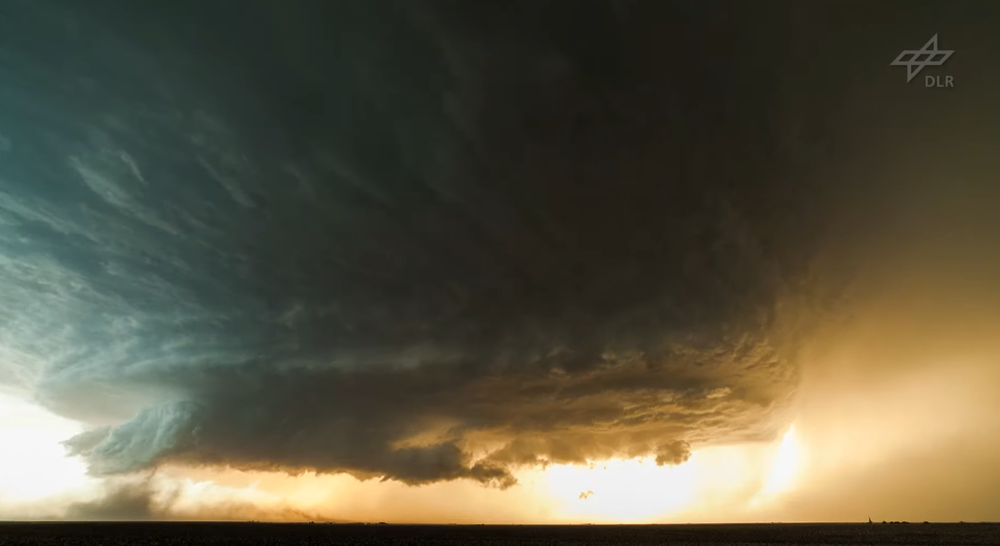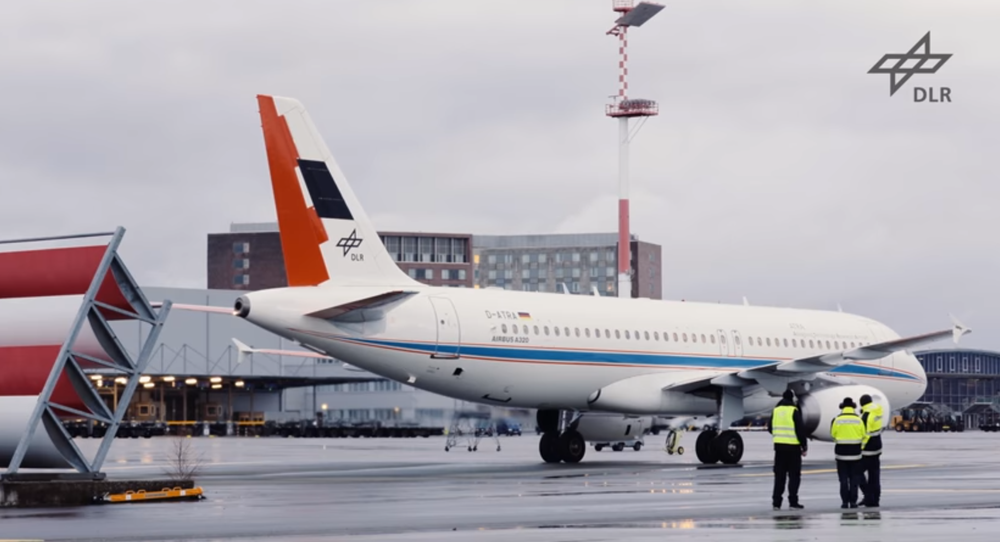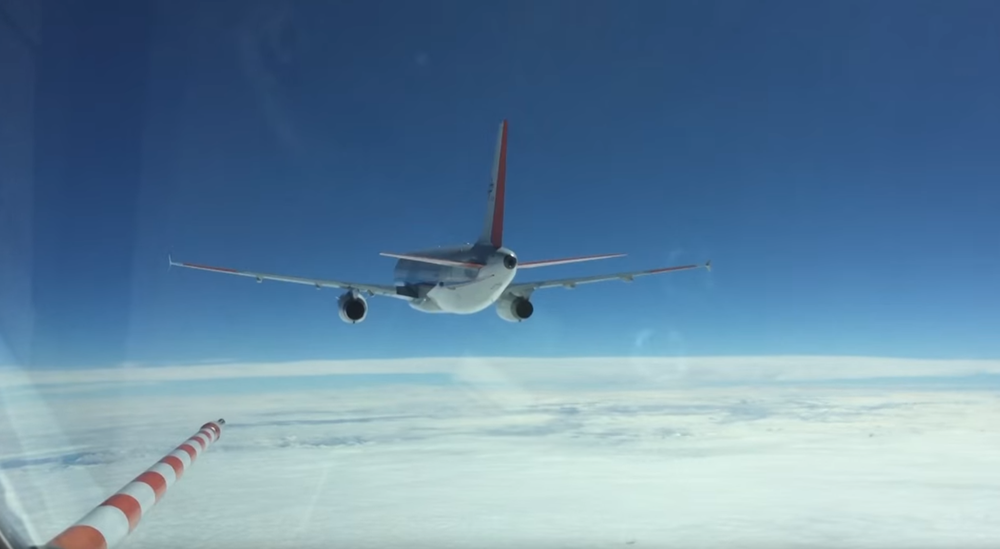Videos

Your consent to the storage of data ('cookies') is required for the playback of this video on Youtube.com. You can view and change your current data storage settings at any time under privacy.
Living science - Working at the Institute of Atmospheric Physics
Image: 1/3, Credit:

Your consent to the storage of data ('cookies') is required for the playback of this video on Youtube.com. You can view and change your current data storage settings at any time under privacy.
NASA and DLR flight tests on alternative fuel emissions
In January 2018, the German Aerospace Center (Deutsches Zentrum für Luft- und Raumfahrt, DLR) and the US National Aeronautics and Space Administration (NASA) are set to conduct joint research flights in Germany for the first time. The focus will be on alternative fuel emissions and the characterisation of ice crystals in condensation trails (contrails), using biofuel as an example.
Image: 2/3, Credit:

Your consent to the storage of data ('cookies') is required for the playback of this video on Youtube.com. You can view and change your current data storage settings at any time under privacy.
A journey through an exhaust plume
Alternative fuels have the potential to support the environment- and climate-friendly developments in air transport. At present, global air traffic contributes towards almost five percent of global warming. In addition to the greenhouse gas carbon dioxide, condensation trails and the resulting cirrus clouds lead to a significant climate impact. In a three-week series of flight tests lasting until 9 October 2015, the German Aerospace Center (Deutsches Zentrum für Luft- und Raumfahrt; DLR) is investigating how to reduce the impact of air transport on the climate by using alternative fuels. A possible reduction in carbon particulate emissions – and with this a change in the properties of condensation trails – plays an important role.
Image: 3/3, Credit:
